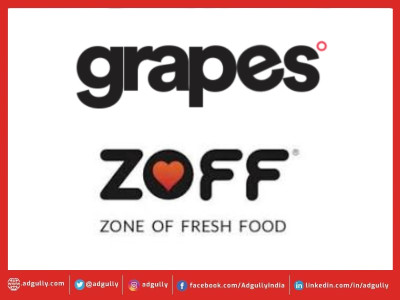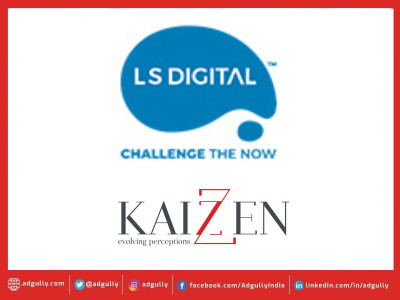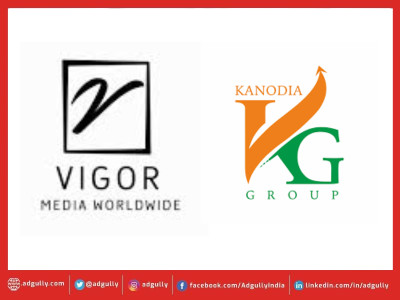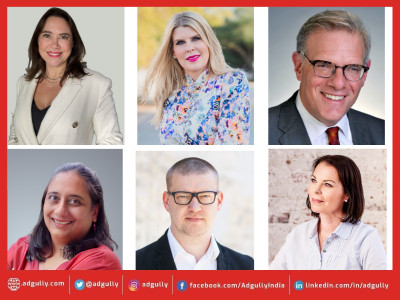AirAsia India has played a significant role in shaping the new normal in Indian aviation
In the last 10 years, PR has taken a different dimension, especially after the entry of social media and the rapid shift to digital, especially in the pandemic period. At the same time the industry has been facing stiff challenges, moreover client expectations have also increased, with more emphasis being given to digital and online reputation management. The industry has undergone a radical shift and the current times have pushed the industry to change gears.
In conversation with Adgully, Divya Kumar, Manager - PR, Corporate Communications & Sustainability, Air Asia, speaks about how the airline used the past 18 months to expedite digitisation and enhance its customer experience across channels.
The aviation industry got disrupted severely. So, what are some of the challenges you faced for AirAsia? How did PR help you to overcome those challenges?
The travel, tourism & hospitality industry witnessed unprecedented uncertainty in the last year and a half. AirAsia India played a significant role in shaping the new normal in Indian aviation, working collaboratively with airport operators, regulators, and the government. The lockdown necessitated by the pandemic and subsequent travel restrictions impacted travel plans for guests for an extended period. It was imperative at this time that we exhibited empathy in our interactions and policies, to retain the strong brand trust we enjoy with our bookers and guests.
While we remained focused on ensuring the hygiene aspects of safety, consistency and on time performance, we pivoted our communications strategy to adapt to the changing consumer demographics, including incorporating vernacular communication in our social media, chatbot and other guest touchpoints, providing real-time updates on travel guidelines, and introducing and informing flyers about our new service offerings enabling flexibility and convenience.
What kind of PR strategy worked for you during the pandemic? How did you engage with the media during the pandemic to be visible?
We adopted a three-phased marketing & communications strategy of ‘Response, Recovery & Rejuvenation’, based on market research, consumer insights and prevailing sentiments and travel trends. Displaying empathy, focusing on the community, celebrating the spirit of resilience, and encouraging adapting to the new normal, was the foundation of our communications strategy. Using owned and earned media, including social outreach, significantly higher engagement levels helped us have a continuous dialogue with guests. We were the first airline to shoot and launch video and feature communication showcasing the new normal of air travel, breaking down the precise procedures and safety protocols through our database marketing and social media outreach.
Highlighting the various safety and flexibility initiatives introduced by us, making information regarding safety and social distancing norms easily accessible, and constantly engaging with guests using all our channels has kept our communication calendars busier than ever before. It gave us a chance to chart the path for the new way in which people fly and being proactive and empathetic helped us garner a larger share of voice across media as well.
When it comes to your PR campaign, what is that one key factor you focus on your messaging to strengthen your corporate image? Please elaborate.
Emphasising the prioritisation of safety and being empathetic to guests needs are the most important. Thanks to our establishment of stringent protocols and communication assuaging concerns, according to a now ongoing survey conducted by AirAsia India to guage ‘Travel Intent’ among consumers, people rate flying as significantly less of a Covid risk than most other activities including eating out or visiting a mall. Adopting an agile approach and introducing a host of initiatives to help our guests experience safe travel, while communicating these to our target audience was critical.
We continued to build trust with our audience by prioritising and emphasising safety-protocols and launching a slew of new services to provide flexibility to guests, including a revamped ‘Premium Flex’ offering waiving flight change fees; home to airport baggage delivery services with AirAsiaFlyPorter; and an ecosystem of travel partnerships including hospitality and car rental services with like-minded partners.
Digital has grown rapidly. How is your airline adapted to the digital and what are some of the new things you are planning to leverage digital for AirAsia?
Operations in the aviation industry are round the clock. The immediacy of service responses required and the digital savviness of flying audiences require an agile, passionate, and empowered frontline and customer service to make a difference. The past 18 months were an opportunity to expedite digitisation and enhance our customer experience across channels - including the launch of our new website airasia.co.in, mobile apps, and our AI-powered conversational chatbot, Tia, multilingual and available on our website, Facebook Messenger, as well as on WhatsApp. Tia can modify bookings, assist guests with travel advisories, policies, and FAQs, process instant refunds, advise flight status, enable guests to get a copy of their itineraries to their email IDs, and take feedback. Tia is evolving constantly with guest interactions and feedback.
The adoption of DigiYatra (contactless facial recognition-based check-in at) in partnership with Bangalore International Airport Limited was another step towards using technology to offer seamless, safe, and contactless service. We also became the first domestic airline to launch a safe door-to-door baggage service in June’20, FlyPorter, now available in-path on our website and mobile apps.
Crisis communication in the Aviation industry can hit anytime, especially in the digital world. What are some of the steps and processes you follow for managing a crisis?
As a young and nimble organisation, our internal processes are straightforward and simple, enabling us to address crises in the most efficient manner. Fact-based and open responses, prioritising the safety of our guests and Allstars (AirAsia employees are referred to as Allstars) are the cornerstone of our reaction to any situation. Being agile is part of our DNA, and our values drive our response strategy. Established SOPs and protocols enable efficient responses to incidents due to weather or other extrinsic factors which may cause delays or changes to flight schedules. This helps reduce response times, assuage guest concerns and a culture of open and collaborative communication empowers internal stakeholders across levels to communicate facts and recommend inputs in the most efficient and effective manner.
A core group of our communications, safety and senior leadership team remain on stand-by and are activated if any lead indicators to a crisis are foreseen so that proactive measures can help avoid and address adverse incidents in real-time.
New custom-built online reputation management tools have been introduced by AirAsia India as part of our digitisation strategy, integrated with our customer service channels and contact centre, enabling AirAsia India to achieve global benchmark levels of real-time response and resolution rates, across our social media channels.
















Share
Facebook
YouTube
Tweet
Twitter
LinkedIn